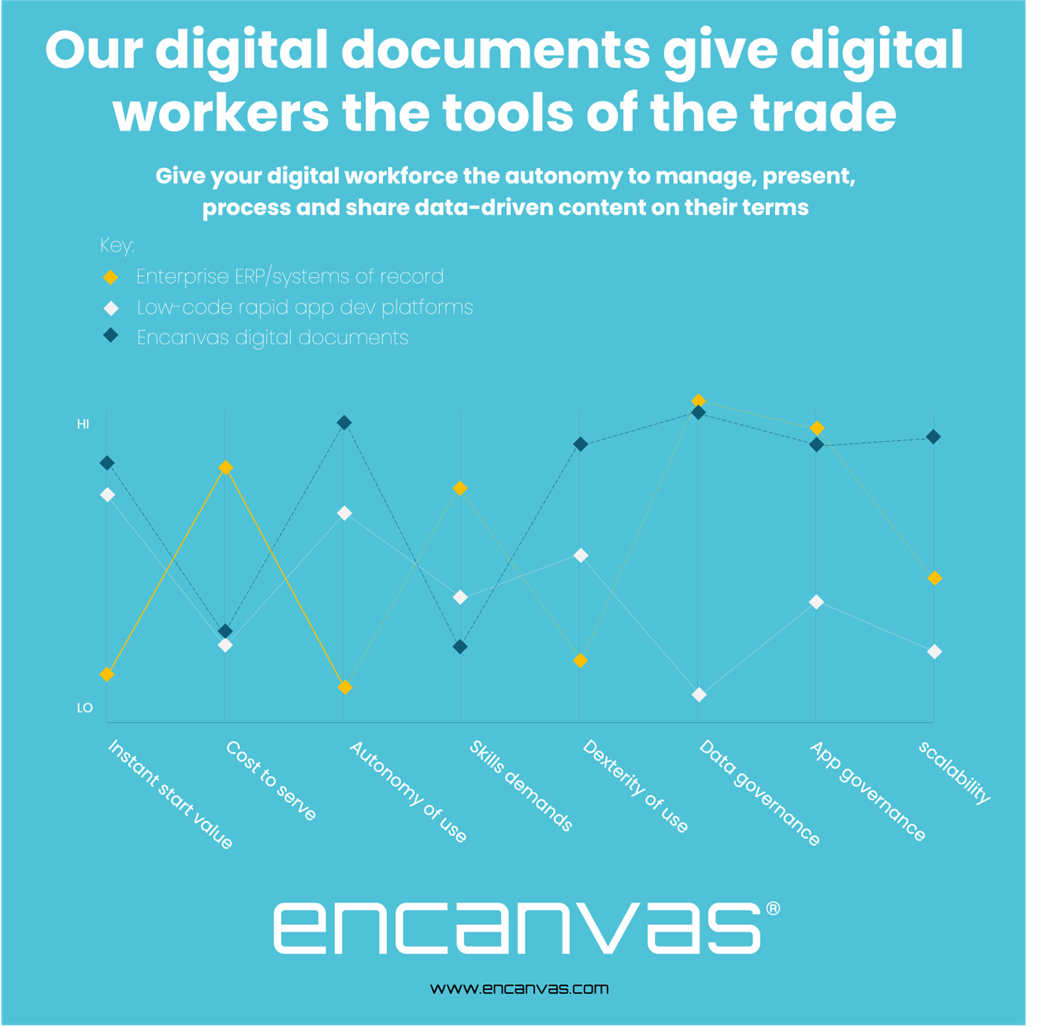Grow Faster by Becoming a Market Disrupter
7 min read

Ian C. Tomlin
The Blue Ocean Strategy is a great tool that helps you understand how your business can compete against its rivals. Find out what it is and how to use it.
Your business value proposition must stand out to achieve its potential. However, many businesses struggle to pin down what makes their offer unique, making it difficult to articulate to potential buyers. Blue Ocean Strategy is a method that lets you understand how your offer competes with its closest rivals.
Blue Ocean Strategy is far from new. It was first conceived by W. Chan Kim and Renée Mauborgne and published in their book, Blue Ocean Strategy, in 2004. In it, they coined the terms ‘red ocean’ and ‘blue ocean’ to describe the differences between traditional and disruptive business models. The conceptual offer definition framework they developed can be applied to all industries and sectors, which makes it extremely versatile.
Red Ocean vs Blue Ocean
The Red Ocean is the current market space that is home to all existing businesses. This is tightly defined and a space where companies try to outperform their rivals to gain an increasing share of the market.
In contrast, the Blue Ocean describes the unknown future market space that is yet to be discovered. Instead of competing with rivals for pre-existing Red Ocean demand, in a Blue Ocean, new opportunities exist.
Most companies today compete in the Red Ocean market space, so their product and business strategy rely on having to outperform competitors with similar offer features. As a result, growth is fundamentally limited by the size of the market they are competing in and the overall share that they are able to obtain. It does not allow for disruptive growth and limits the ability of value propositions to stand out.
Businesses that want to be disruptive need to adopt a blue ocean strategy. Here, the growth potential is much higher. Instead of playing a zero-sum game, demand and therefore wealth can be newly created, making the competition irrelevant.

Discover transformative habits to boost your business


How can it help create a sales proposition that stands out?
With the increasing pace of technological innovation and the ferocity of global competition, disruptive organizations can no longer base their strategy on copying or out-competing the business models of their rivals.
Instead, they need to change their business outlook.
As an increasing amount of businesses compete in a Red Ocean market, the more similar products get, and the differentiation between rival companies decreases. This shifts the primary competitive lever to price, as consumers look for the cheapest available product, eroding profit margins and growth.
To avoid this, companies need to value creativity and innovation throughout all of their business processes, and work out exactly what drives their customers’ buying decisions.
Where to begin with Blue Ocean Strategy
The first step for a company looking to adopt a Blue Ocean strategy is to work out what their customers buying decisions are based on. At Newton Day, we call these the competitive pillars.
Understanding the competitive pillars of your market allows strategists to compare how these needs are currently being met in the Red Ocean market and any new ways they could be met in a Blue Ocean market. The chart format used to do this is called the Blue Ocean Strategy Canvas.
Example of a Blue Ocean Strategy canvas
An example of a strategy canvas is shown below for Encanvas, a company that serves the corporate computing and IT systems market and shown below is their offering for digital documents. This is a rapidly developing market as the technology applications are constantly changing, providing new potential for disruption. The current development in this market can be characterized by low-code and no-code applications.
Here, Encanvas is positioning its digital document offering to disrupt the current market of enterprise ERP systems and low-code development platforms. Digital documents, in this case, aim to automate the process of data management, presentation, processing and sharing within businesses.
The competitive pillars of this market are shown across the x-axis of the graph. The graph then plots how the current market offerings serve each competitive pillar by scoring zone on the y-axis. This offers a clear comparison between the different offerings and shows clearly and succinctly what makes Encanvas’ digital documents unique.
For example, in their offering, Encanvas has prioritised the dexterity and autonomy of use while keeping the costs to serve and skills demand low. This shows clearly how the digital documents are set to disrupt the market and therefore outlines their Blue Ocean strategy.
Determined the competitive levers for the market they serve, it’s easier for customers, salespeople, and digital marketers to understand how a business proposition differs to Red Ocean competitors.

Ultimately, when it comes to aligning a customer value proposition to the competitive pillars of the market, there are only two options—to maximize or minimize.
And when it comes to doing things differently (to adapt propositions to better serve the Blue Ocean disruptive opportunity), strategists can expect to Add, Grow, Reduce or Remove features and capabilities.
For business leaders, investing the time in the thought processes to do this means they can shape their business model and offer to best-fit new Blue Ocean market opportunities.
This produces opportunities potentially to serve a bigger market, but also brings with it the ability to build a better offer that is easier to articulate in collaterals, websites, sales pitches, etc.
Paradoxically, in order to compete with your competitors, you need to ensure that you are not directly competing with them at all.
Through adopting a Blue Ocean Strategy, you can:
1. Expose what makes your customer value proposition and business model unique so you can stand out from the crowd.
2. Disrupt your market by bringing new value to your customer value proposition, to achieve growth as a best-in-class player in your industry.
3. Define a new market space. The ideal solution is to not try and convince your customers that you are the best in an existing market but to enter a new market space that better meets their needs.
Relevant articles
Unlocking Partnership Power
Read this article to learn how to realize your partnering opportunity for B2B marketing
The Podcast Boom
Read this article to learn how audio storytelling is reshaping B2B marketing
Whisper Search
In this article, I examine how websites are dying and voice search is growing.



